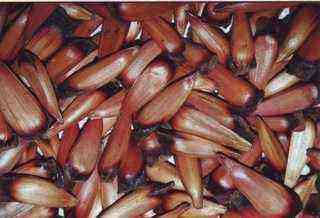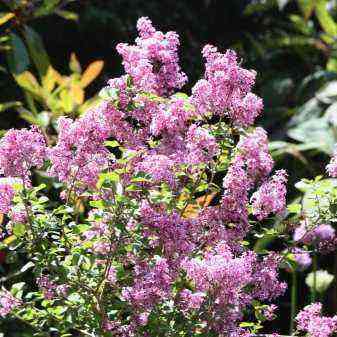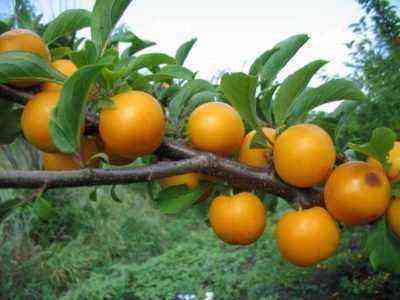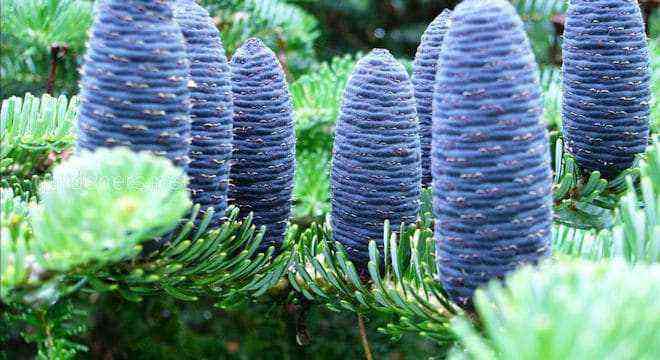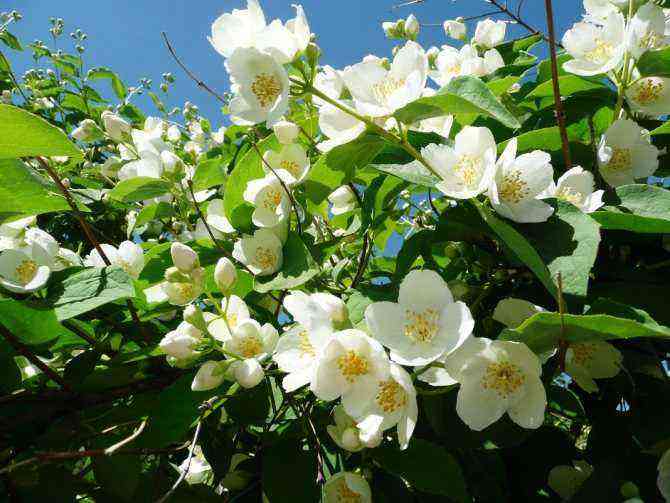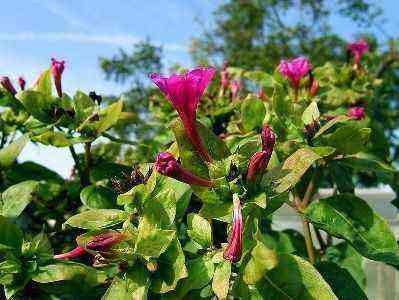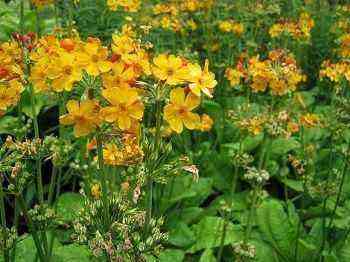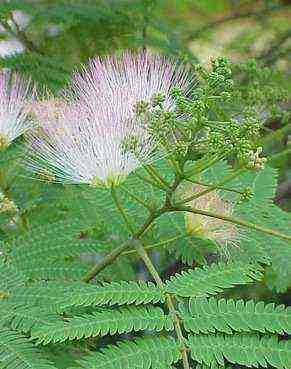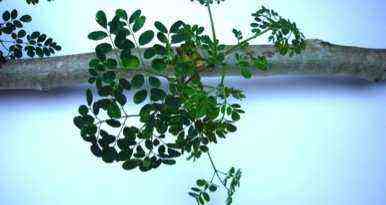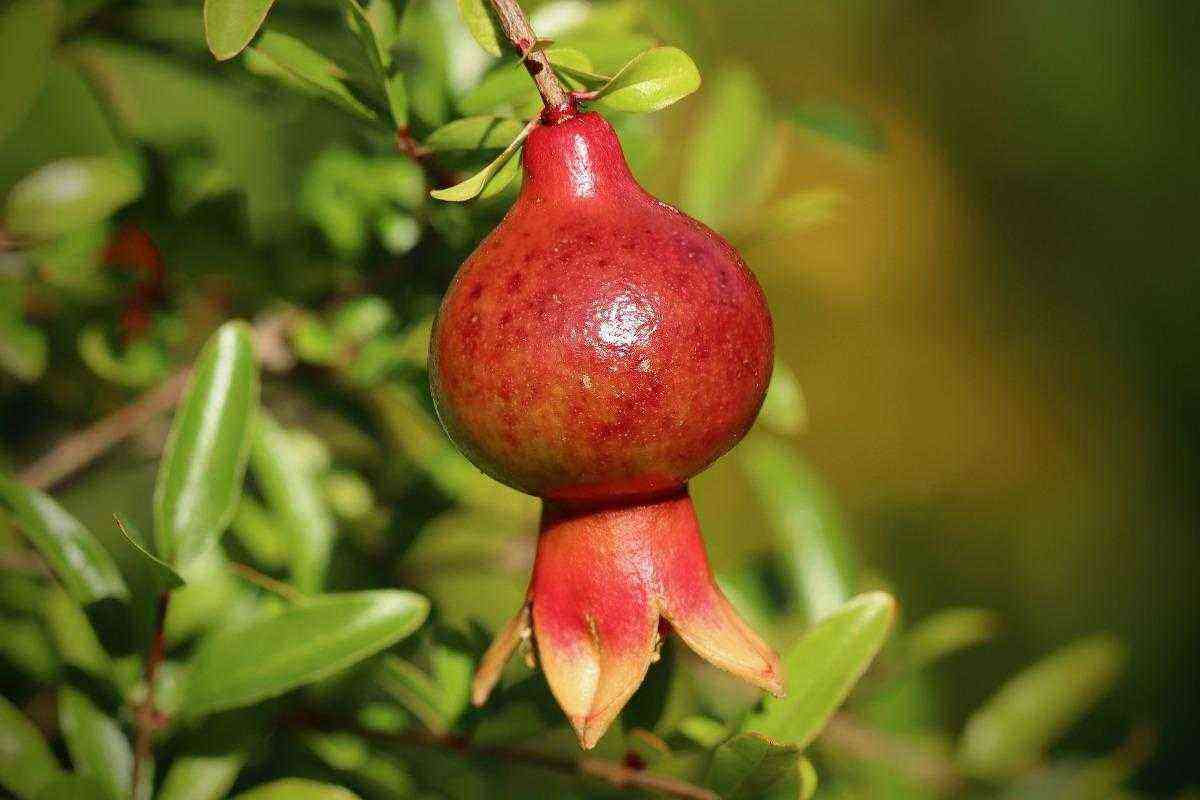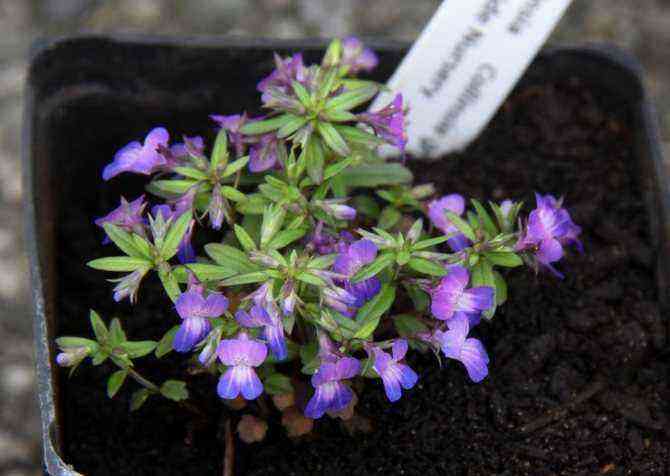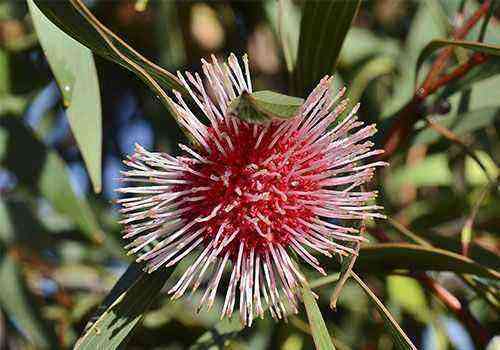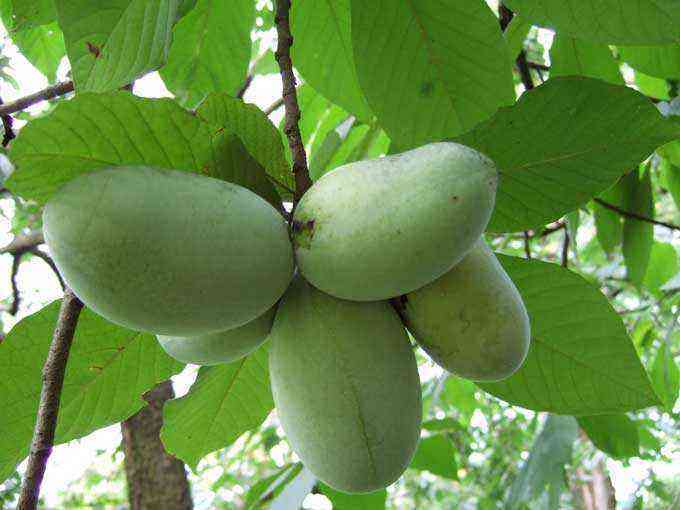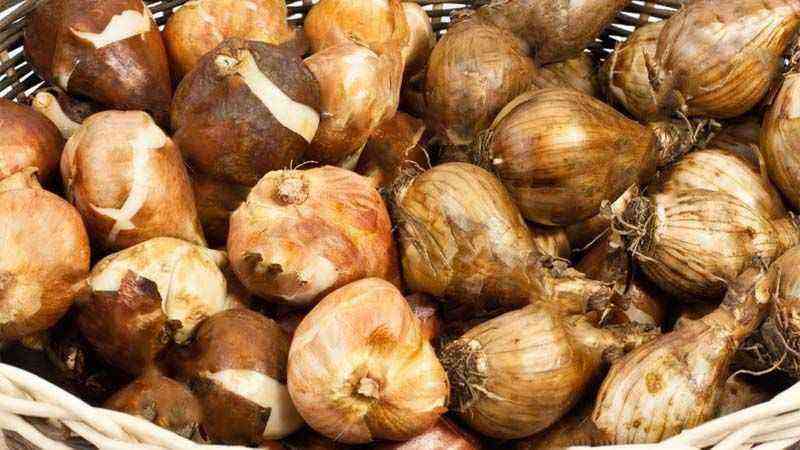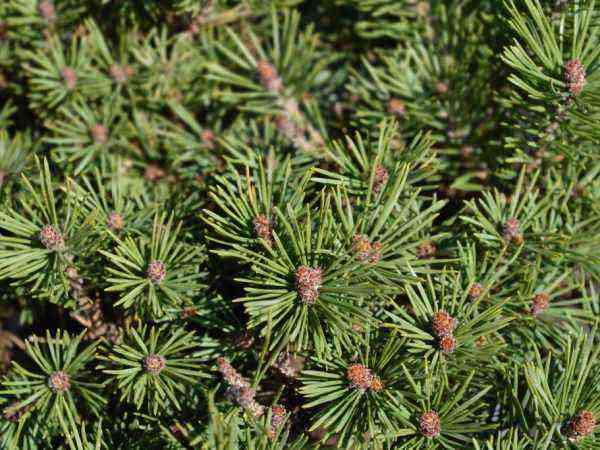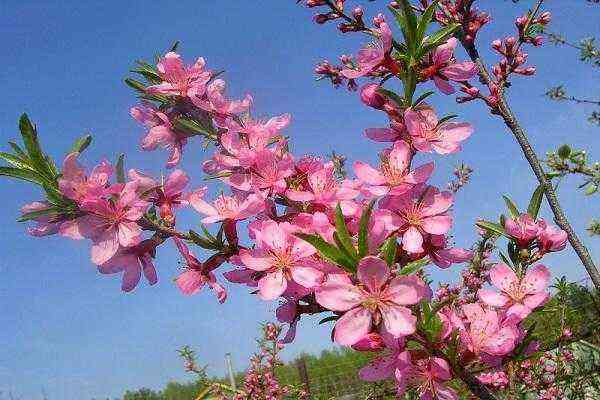Halfway between being considered a tiny tree or a simple bush, the scallop adorns many gardens. And it is not for less because it is considered one of the 10 most beautiful ornamental shrubs. If you are around here, then you are curious about these versatile shrubs and want to learn about their cultivation and care so that they become part of your garden.
Read on to find out all about the shallots. Don’t miss a thing!
What is the escalonia plant like? Species and varieties
It is important that you know the scallion characteristics to better understand what her needs are and the best way to take care of her so she always looks amazing.
Taxonomy
- Kingdom: Plant
- Division: Magnoliophyta
- Class: Magnoliopsida
- Order: Escalloniales
- Family: Escalloniaceae
- Gender: Escallonia
This plant is part of the family of Escalloniaceae, which consists of 60 different species of shrubs evergreen. It is more common in temperate regions like South America, where it grows on the slopes of mountains or in open areas of the coast. Some types can also be found in gardens in the south and west of the UK.
The growth of shallots is quite fast, and during the summer and autumn times it produces in abundance flowers in different shades such as pink, crimson or white. These colors are in stark contrast to the dark green of the leaves.
Below, you can find a brief explanation of some of the species that are most liked. However, it is worth highlighting among them Escallonia rubra, since it is by far the most popular.
Varieties of shallots
Escallonia macrantha: large and showy flowers
It is one of the largest species, being able to grow up to reach 3 meters. They have a straight trunk and a thick crown. Its flowers are of a bright pink color and bell-shaped, while the leaves are a lustrous dark green color.
Within this type the most popular cultivars are: Apple Blossom, Crimson Spire, Gloria Donard. Each one has its flowers in a different hue.
Escallonia rubra var. Macrantha: red tubular flowers
This shrub can be found growing wild in Chile and can grow to 2 meters in length and width. It grows robustly with reddish tubular flowers and green leaves.
His scientific name is Escallonia rubra and it is a parent species for many varieties and hybrids that differ in a great diversity of ways.
Escallonia bifida: hairpin flower
This variant comes from Uruguay and Brazil, where it grows naturally as a tree that can grow up to 6-8 meters in height. In professional plantations it is usually found in the form of a short bush.
Its flowers are of snow white color Fork-shaped and narrow oval leaves in a dark green hue.
Scallop plant care
As you have seen, it is not going to be a plant that requires special care. With a little care and attention during planting, you will soon be enjoying a vigorous shrub in your garden.
Location and temperature
It is preferable that you place your step in a sunny area, although the partial shade also suits him well. The most important thing is to protect the branches from the wind, especially during the first years. This is why it is usually planted near a house or a wall to serve as protection.
With regard to the temperature, this plant does not tolerate extreme cold well Although it does bear small frosts, it can easily re-sprout in case it has been affected a lot.
Ideally, it would be a climate whose warm temperatures are between 18 – 21 ºC.
Soil type
The scallion has the ability to be able to develop without problems in a wide variety of soils. However, it is preferable that they are slightly acidic. It is also important avoid clay soils since they worsen the drainage and this type of plants do not require high humidity.
The contribution in autumn of organic matter around the main stems greatly benefits the fertility of the soil and the characteristics of the soil. It is advisable to create a mulch with compost or animal manure, contributing between 3 and 4 kg / m2.
Irrigation characteristics
During the first two years, maintain adequate irrigation In the hottest summer months it is very important for your shallots to establish properly.
It is recommended that the soil around its roots is kept moist, taking care that it does not get flooded. In hot weather conditions, we will water between 3 and 4 times a week, being preferable to provide irrigations with little quantity but increasing the frequency.
En winterWe will water once a week as long as there is no rainy season.
Use of fertilizers
In addition to the use of organic matter, in spring we will stimulate budding and flowering with the contribution of mineral fertilizers. We can use both liquid fertilizers, mixed with water, as well as granulated solid fertilizers, adding them at the beginning of spring and repeating their application once every month.
When preparing the soil for new plants, it is advisable to make sure that the soil is well excavated, drains properly and you can improve fertility by incorporating liquid fertilizers or solid granules. This will help improve root growth.
If you have these potted plants, You’ll need to provide supplemental nutrition with a general-purpose fertilizer once a week during spring and summer to encourage flowering.
Pruning and trimming of branches
The shallot is a plant that it doesn’t need a lot of maintenance. However, for it to grow as a neat or shaped shrub, it will need to be trimmed at least once a year. The best time to do it is after flowering, before the arrival of the cold.
On the contrary, if you prefer them to grow completely naturally, you will not need to do any pruning. Although if you notice that they exceed the space you had thought they would occupy, the best thing is that you prune it in autumn since if you do it in spring the flowering will be reduced during the rest of the year.
Step multiplication
There are different simple techniques to get new species from the mother plant, either through cutted and layered. In the first case, you would have to do this procedure perform in summer when the shoots are young and little lignified. While the second option, it should be done in autumn.
Multiplication by cuttings
The cutting technique is the one that offers the best results in the cultivation of shallots. To do this, we will select semi-woody stems between 10 and 15 cm in length. The best shoots are obtained in summer. However, we must discard the stems that have flowers, only the vegetative ones (with leaves).
We will bury the cuttings in pots with half peat and half coconut fiber substrate, maintaining constant humidity. It is advisable to use rooting hormones, as they considerably increase the success of the operation.
We will maintain an average temperature between 16ºC and 20ºC.
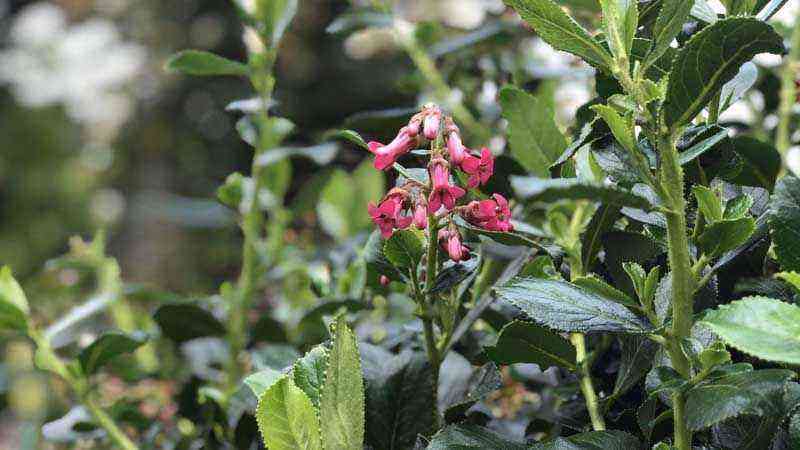

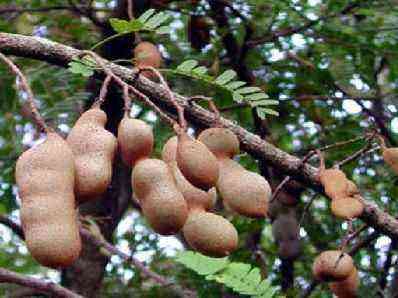
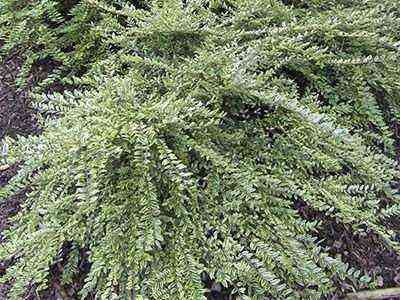
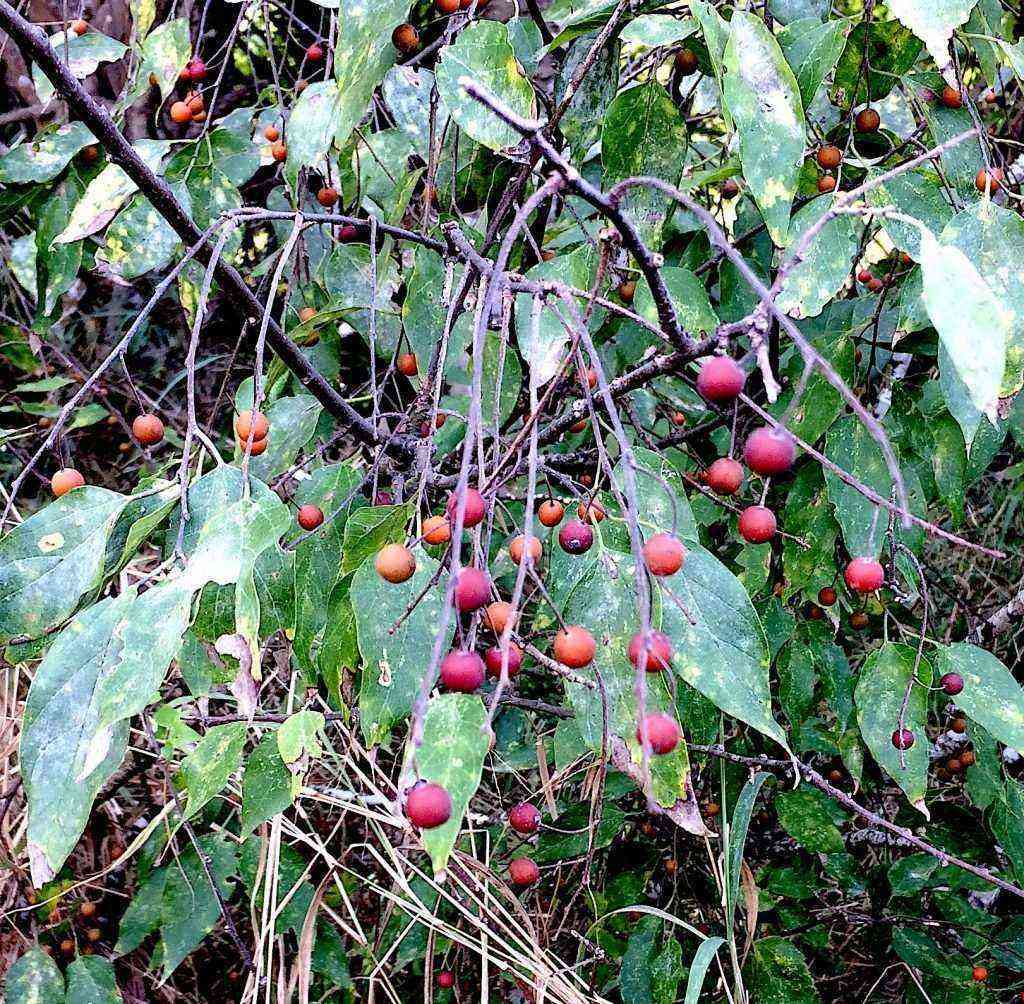
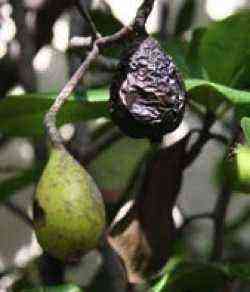

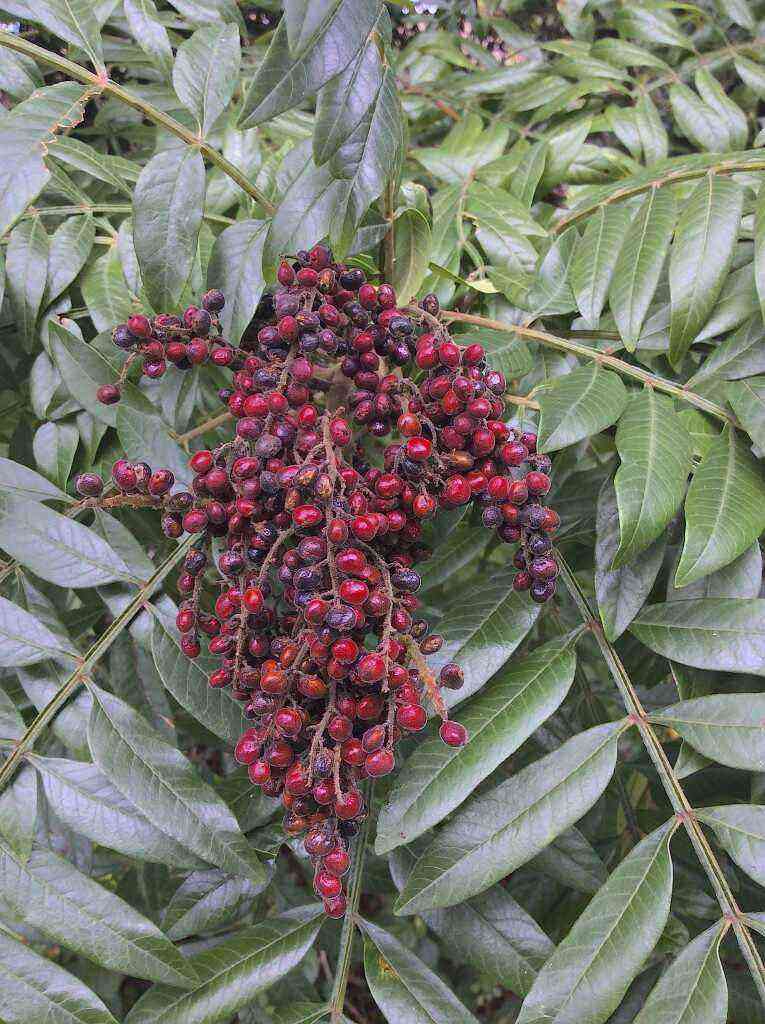
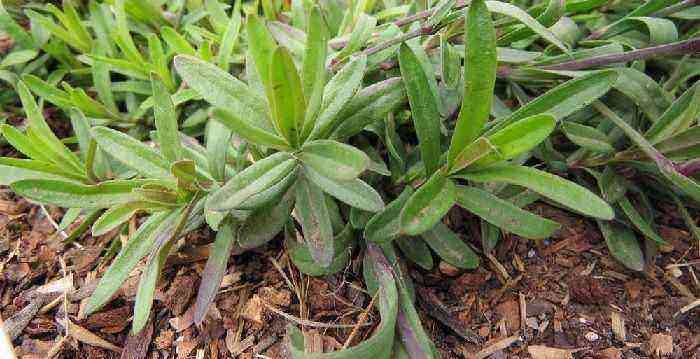

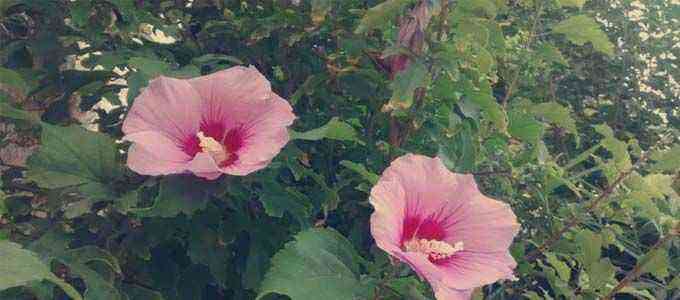

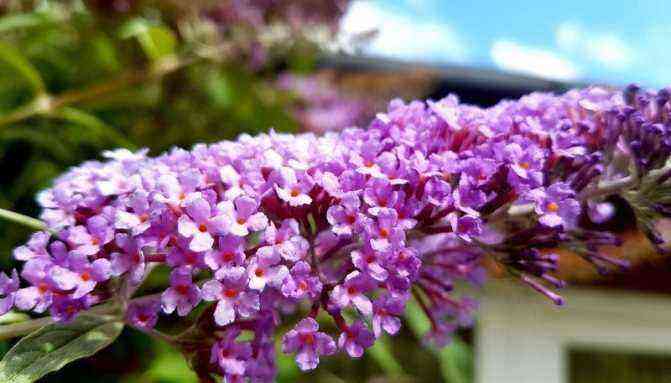
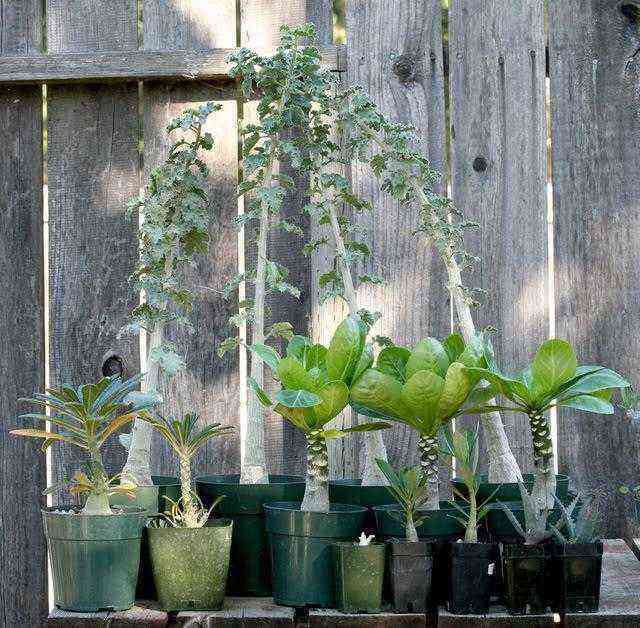
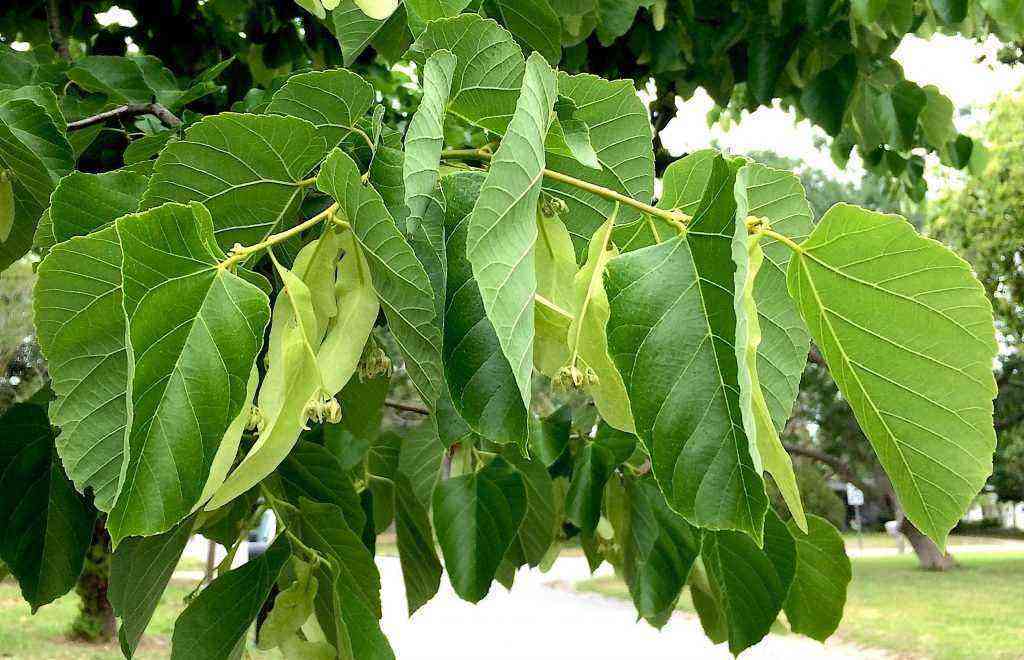


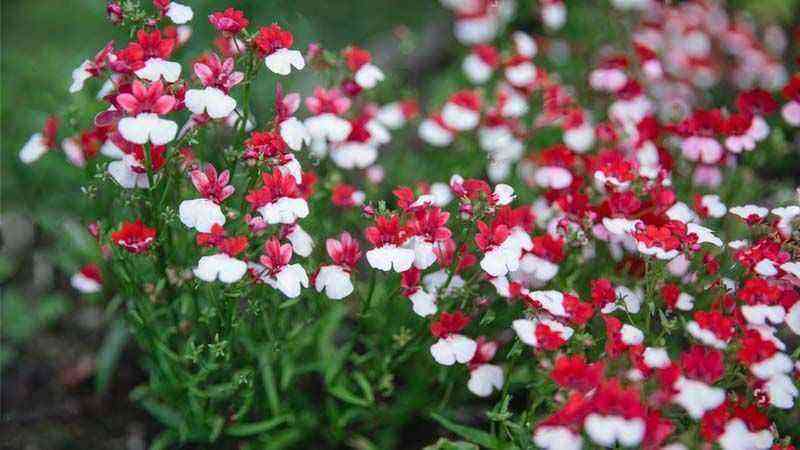
![Cultivation of Manihot esculenta [Cassava, Cassava] Cultivation of Manihot esculenta [Cassava, Cassava]](https://farmer-online.com/wp-content/uploads/2021/05/Cultivation-of-Manihot-esculenta-Cassava-Cassava.jpg)
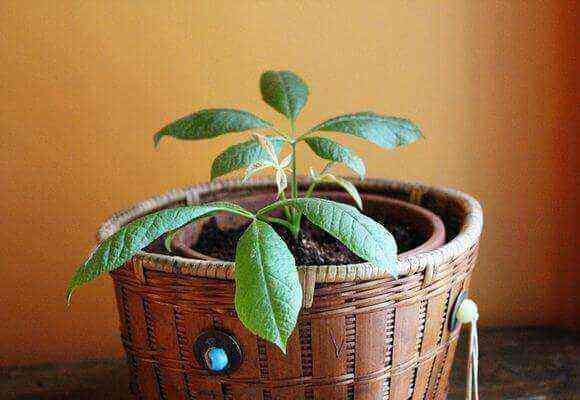
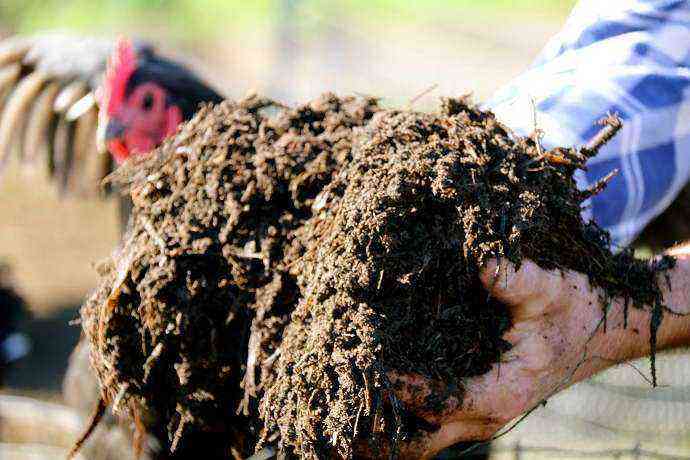
![Cultivo de Magnolia stellata [magnolia estrellada] Cultivo de Magnolia stellata [magnolia estrellada]](https://farmer-online.com/wp-content/uploads/2021/05/Cultivo-de-Magnolia-stellata-magnolia-estrellada.jpg)
